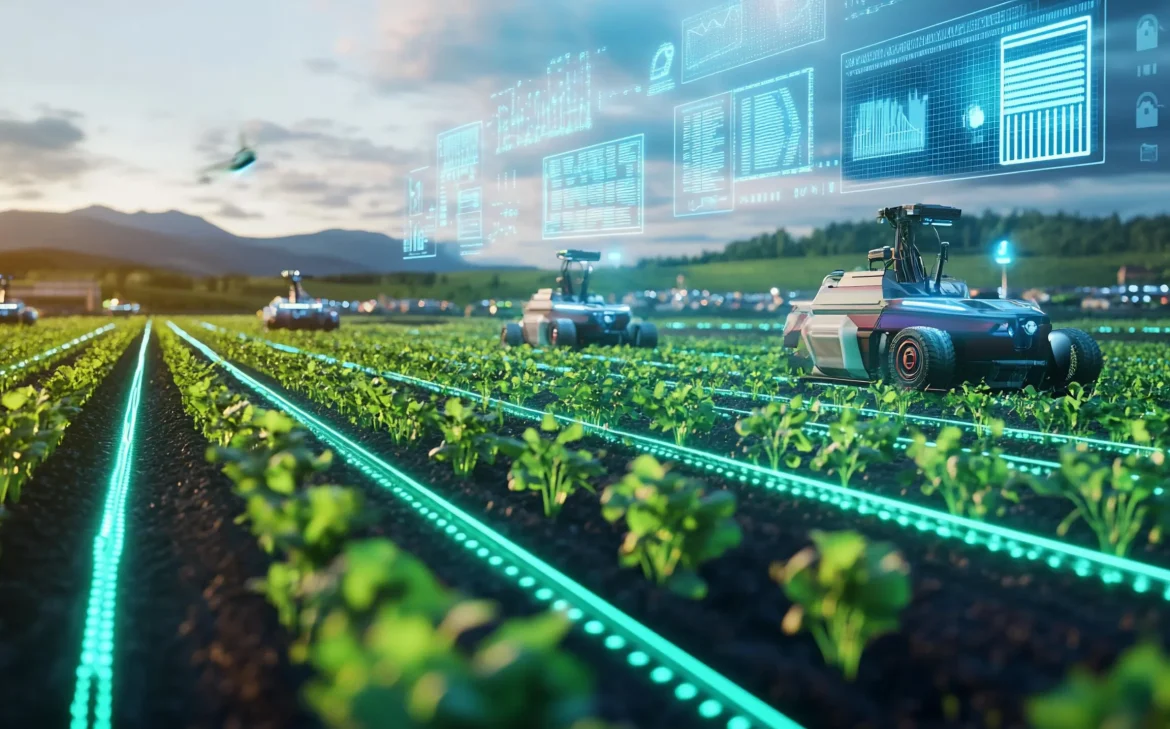Artificial Intelligence (AI) is making significant strides in agriculture, improving crop management, optimizing resource use, and increasing productivity. However, despite these advancements, there are notable drawbacks that need careful consideration.
What Are the Drawbacks of AI in Agriculture?
The drawbacks of AI in agriculture refer to the potential risks, challenges, and limitations that arise when deploying AI technologies in farming and agricultural practices.
Key Drawbacks to Consider
High Implementation Costs:
Advanced AI tools, sensors, and automated machinery require significant investment. For many small and medium-scale farmers, the initial cost of adopting AI can be unaffordable.
Dependency on Data Quality:
AI systems need large volumes of accurate and relevant data to function effectively. In rural or underdeveloped areas, limited access to reliable data and connectivity can hinder AI performance.
Loss of Traditional Knowledge:
Over-reliance on AI solutions may lead to the neglect of traditional farming methods and indigenous knowledge that have been passed down for generations.
Job Displacement:
Automation of agricultural tasks like harvesting and monitoring can reduce the need for manual labor, potentially impacting employment opportunities for local communities.
Technical Challenges:
AI tools can sometimes misinterpret environmental conditions or produce inaccurate predictions if not properly calibrated. Weather changes, pest outbreaks, or soil variability can affect AI decision-making.
Environmental Concerns:
Large-scale use of AI-driven machinery can contribute to soil compaction and environmental degradation if not managed carefully.
Limited Accessibility:
In developing regions, farmers may face barriers to adopting AI due to a lack of infrastructure, training, and financial resources.
Conclusion
While AI offers promising solutions to modern agricultural challenges, it is essential to recognize its potential drawbacks. A balanced approach that combines AI with sustainable farming practices and human expertise can help minimize these risks and ensure technology benefits all stakeholders in the agricultural sector.



Leave feedback about this